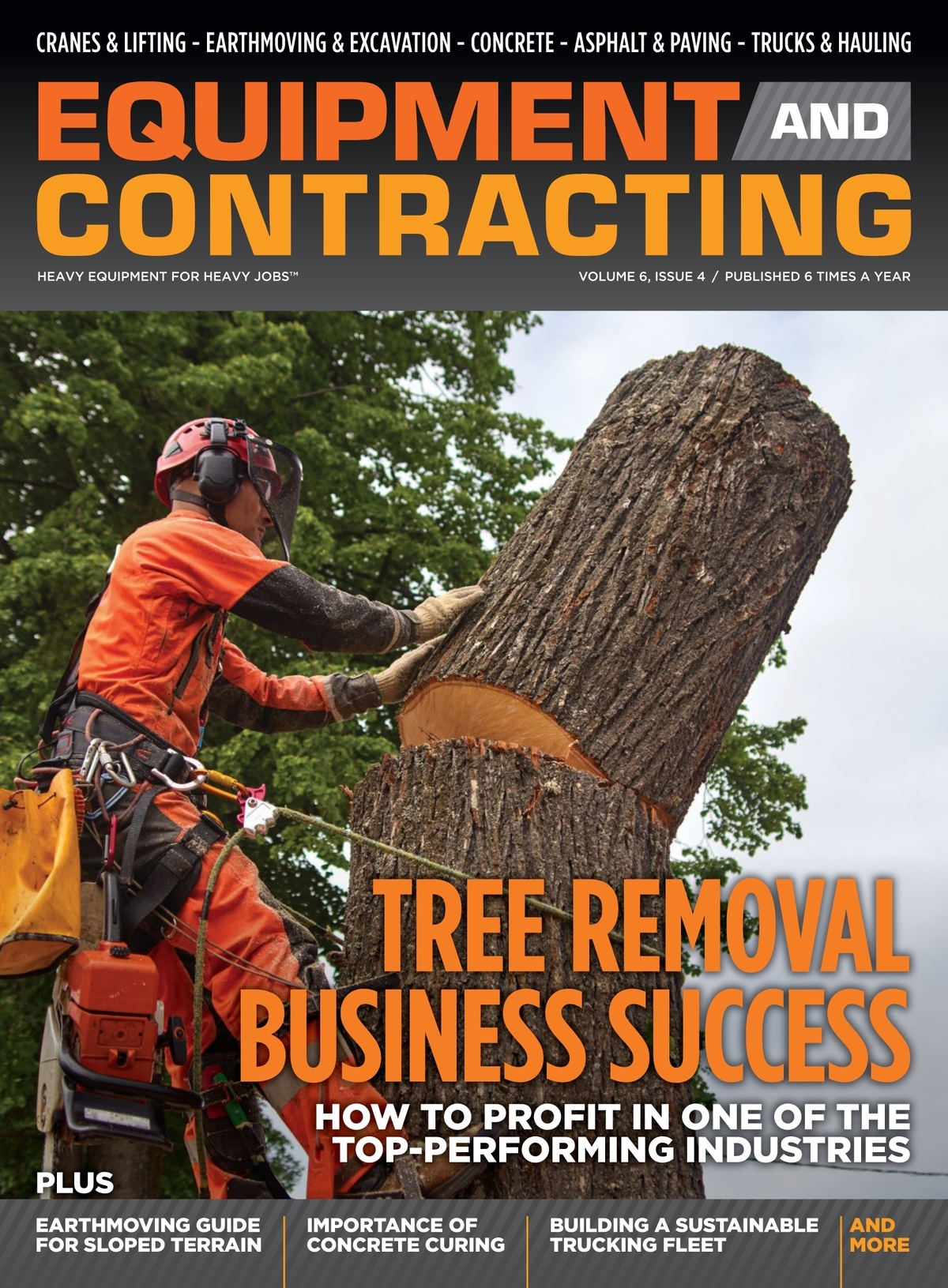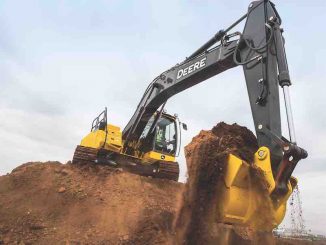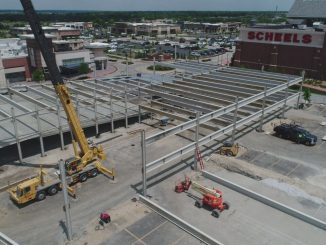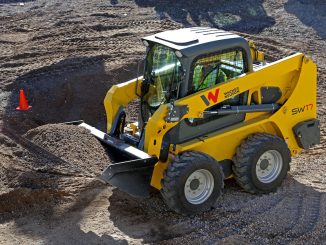View the complete article here.
Winches and hoists both help move heavy stuff around, but they are not interchangeable. In our complete guide, we’ll explain the difference between winches and hoists, which one to use when, and the different types. We’ll also give you some tips on maintaining your winches and hoists – and how to safely use them.
Winches and Hoists Defined
Generally speaking, winches are used to pull heavy objects horizontally over surfaces that are flat or slightly inclined. (45 degrees or less.) Hoists lift heavy loads vertically over surfaces that exceed a 45 degree incline.
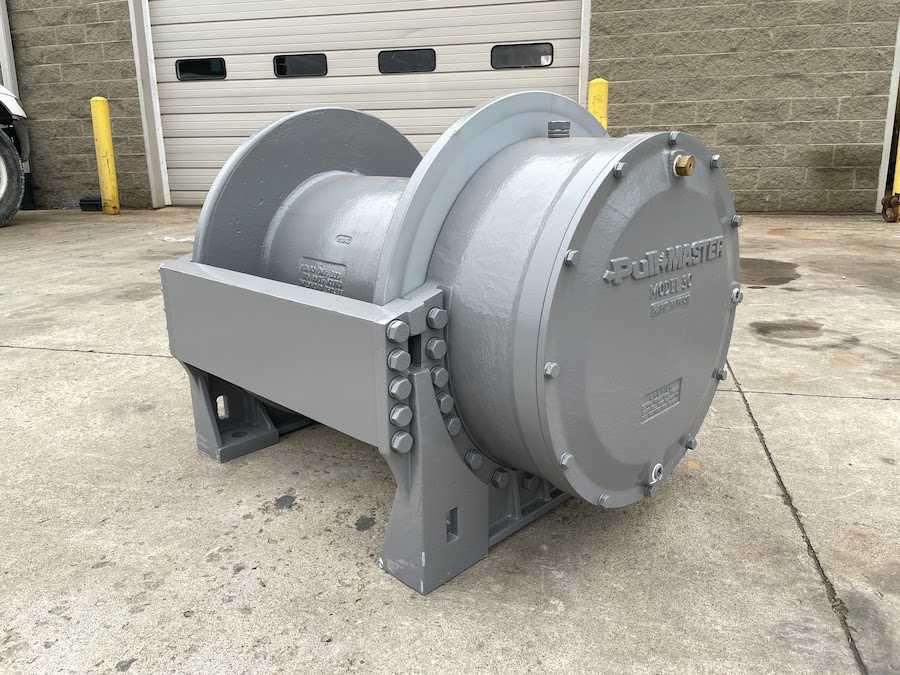
Winches
Let’s cover some key aspects of winches.
Applications for Winches
Winches are used in many different industries. Wherever there is a need to pull a heavy item horizontally that is not on an incline over 45 degrees. They are often used to pull vehicles out of a ditch, lift elevators, raise sails, and pull humans across the water for recreation.
Types of Winches
There is an amazing array of winches on the market. However, there are seven major types of winches: hand-operated, capstan-style, drum-style, snubbing, hydraulic, electrical, and air/pneumatic.
Hand Operated
The simplest winch is hand-operated. It consists of a rope or cable wound around a drum and powered manually with a crank.
Capstan-style
Capstan-style winches allow horizontal pulling at any angle. This is achieved with a vertical winch drum. They can use any type of engine – or just be powered manually. They are often used in maritime operations.
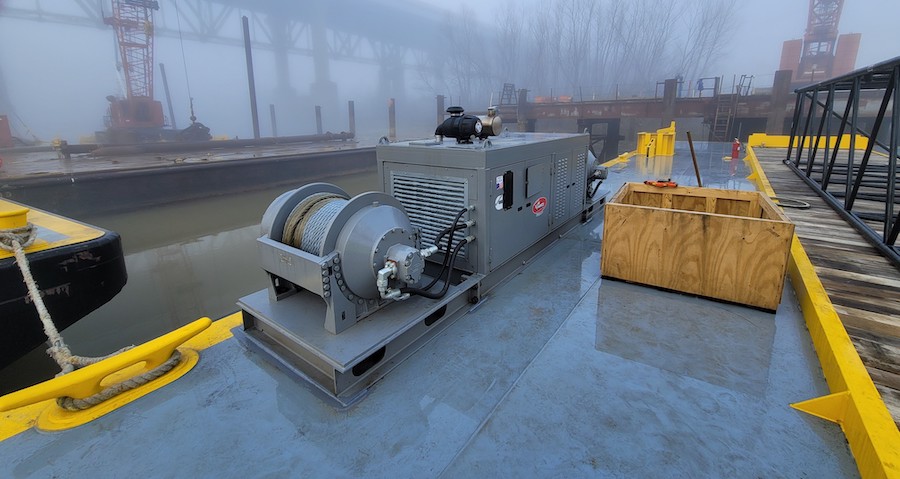
Drum-style
There are two major types of drum-style winches: single-drum and double-drum. With single-drum winches, the line wraps around a one drum that typically is attached to a motor. The line is fed out, attached to the load, and retracted back in to pull it horizontally. This causes the line to wrap back around the drum. Double-drum winches use a loop system – where the two drums continually feed and retract the line between them. It also is powered by some type of motor.
Snubbing
Snubbing winches do not have a crank handle. They have a spool at a 90-degree angle with tail lines to reel lines or tighten them. They are often used on smaller sailing boats.
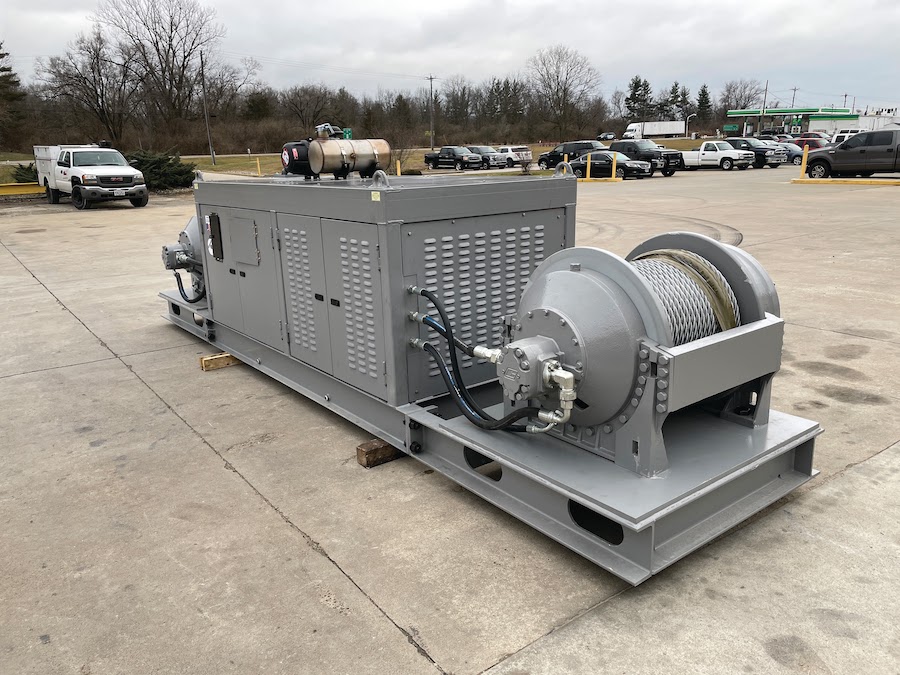
Hydraulic
Hydraulic winches are powered by pressurized hydraulic fluid. They use less energy compared to electric winches. They can handle longer pulls with consistent pulling power. A major advantage is that hydraulic winches work underwater. This makes them a good choice for marine and off-shore applications.
Electrical
Electrical winches are powered by an electric motor plugged into an outlet or the battery of a vehicle. They will drain a car battery fairly quickly and, if powered this way, are best for occasional use in an emergency.
Air/Pneumatic
Air – also known as pneumatic – winches are powered by compressed air. They offer an environmentally friendly alternative to other types of winches.
Gas/Diesel
Gas/diesel winches are powered by gas or diesel fuel.
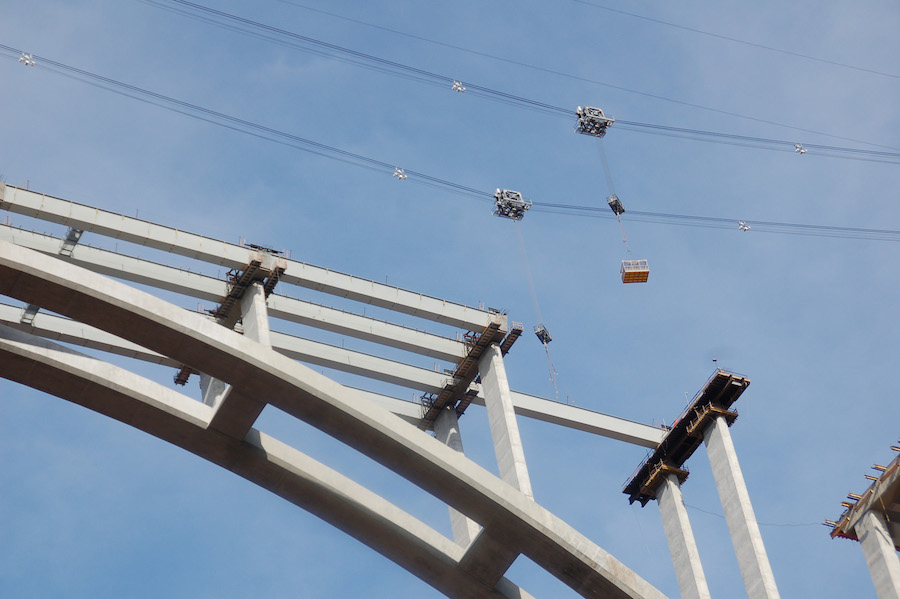
Custom Winches
Some jobs require a custom winch or lift system that includes winches. A great example is the Hoover Dam Bypass Project. F&M Mafco developed and installed two 50-ton hi-line cableway crane systems that included several specialized winches, including:
- Inhaul/outhaul traction winches
- Inhaul/outhaul anchor winches
- Load line winches
- Two 250hp hydraulic power units
- Tower luffing winches
- Manitowoc 390 gut line tension winches
Winch Gear Types
There are three types of gear systems for winches:
Planetary
A planetary winch gear is based on a central gear. As the central gear turns it moves the three gears placed around it.
Worm
A worm gear has a round gear that is moved by a bar-shaped gear on top of it. Worm gears do not generate as much power as planetary gears.
Spur
A spur gear consists of one small and one large wheel-shaped gear. The small gear connects to the motor. As the small gear turns, it turns the large gear which is attached to the wheel’s output axle.
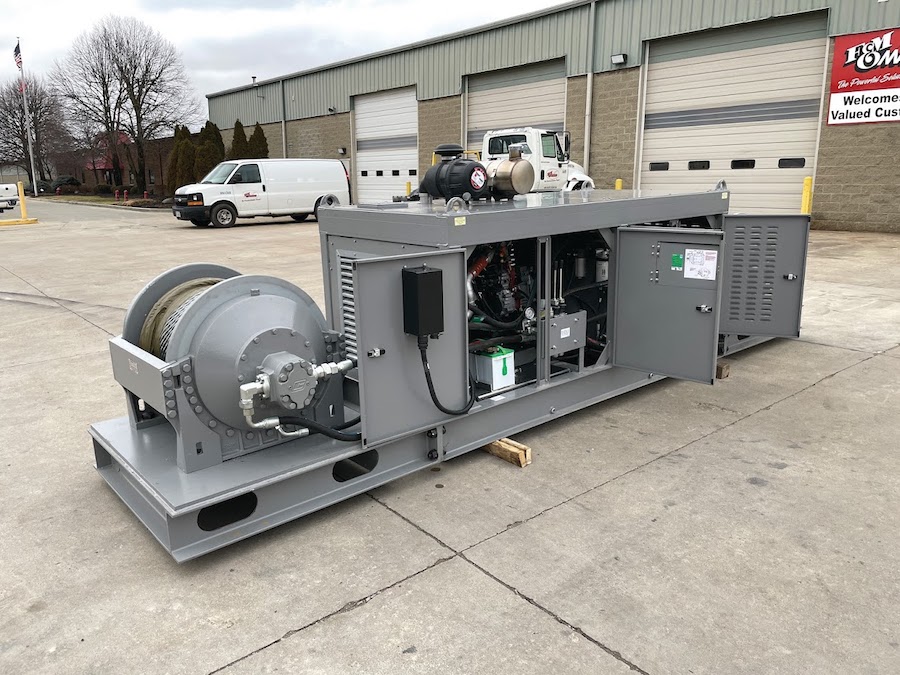
Winch Controls
Winches can be controlled in various ways, including:
Manual
Manual winch controls are part of the winch itself.
Pendant
Winch controls can be tethered to a pendant.
Remote Control
Winches can be remotely controlled.
Hydraulic
Winches can be controlled with hydraulics. These types of controls have the advantage of providing constant line tension.
Air/Pneumatic
Winches can be controlled with an air (also known as a pneumatic) control system.
Key Winch Specs
Winch specifications vary by type, obviously. For example, when selecting the right drum winch, you’ll be considering drum size. In general you want to know the line pull in pounds and the line speed – forward and reverse. Line speed is expressed as feet per minute (fpm).
When Not to Use a Winch
Do not use a winch to lift a heavy object that is on an incline above 45 degrees. In many cases, it’s not a question of winch versus hoist – but using the correct type of winch with sufficient pulling capacity.
Winch Safety Tips
- Practice using your winch before you need to in the real world.
- Inspect your winch regularly and just prior to use. If the cable is damaged in any way, replace it.
- Protect your hands by wearing high-quality gloves while winching. Not everyone can pull off that rope-burned palm look.
- Keep people and pets away from the winching area. If that thing snaps, you and Fido will be sorry.
- Do not exceed the winch’s pulling capacity. The steeper the incline, the lower the pulling capacity.
- Stay focused on the pull. You may have done this a thousand times – but accidents can still happen.
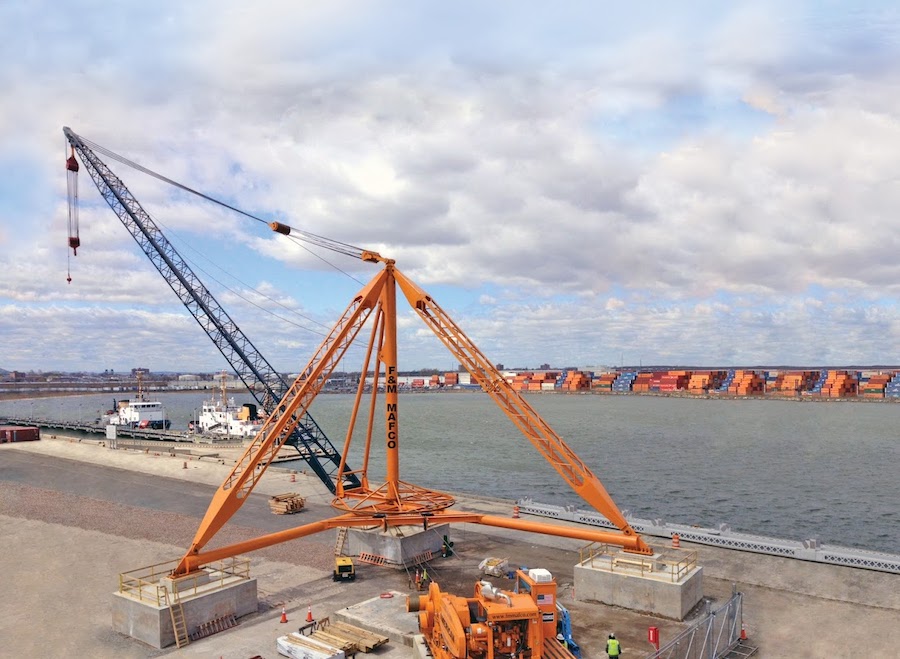
Hoists
In this section, we’ll focus on hoists and their uses.
Applications for Hoists
Hoists are used across industries from auto shops to construction sites, to mining, to stage productions on Broadway. Wherever there is a need to lift a heavy item vertically.
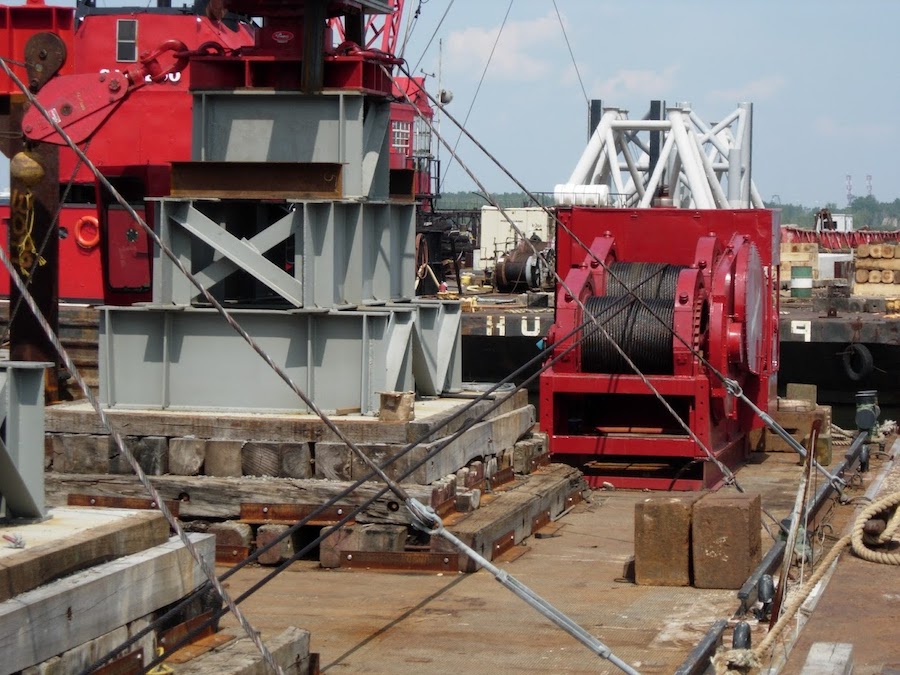
Types
Chain Hoists
A chain hoist consists of two pulleys on the same axle. It also has a mobile pulley that holds the load. Chain as a lifting line material is often used for lighter loads.
Wire Rope Hoists
Wire rope hoists work just like chain hoists but are a better choice for heavier loads. Galvanized wire rope can be used in harsher environments.
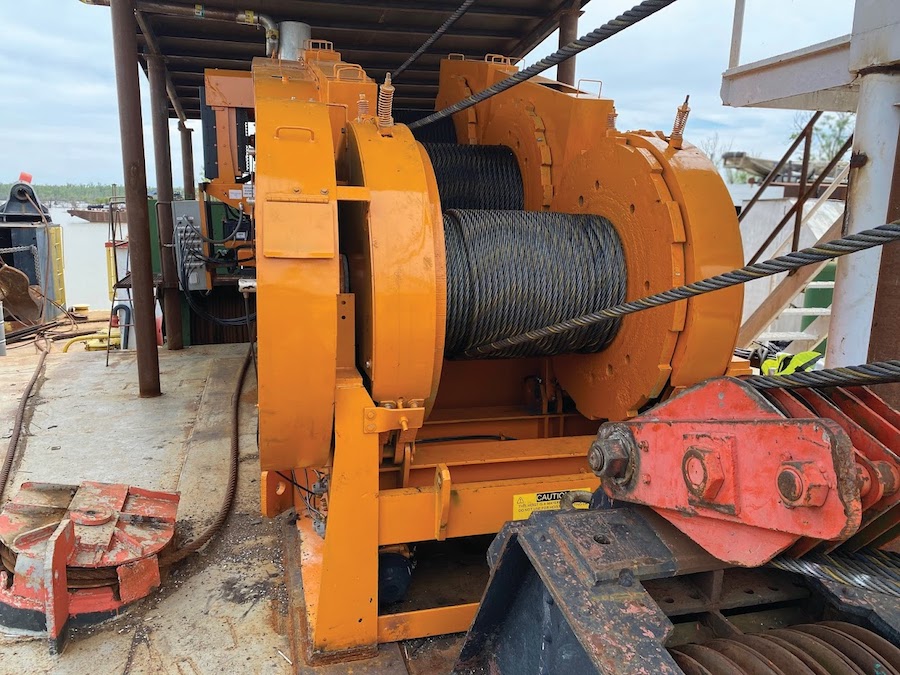
Drum Hoists
Drum hoists operate similarly to a fishing reel, just on a larger scale. Line material wraps or unwraps around a rotating drum that is spun by a power source. Drum hoists can be stand alone single drum units, or can also be arranged in multiple drum configurations.
In multiple drum configurations, 2, 3, 4, or more drums can be operated individually, or in tandem. In multi-drum arrangements, each drum performs a specific task independent from the other drums. A simple example of a 3 drum unit would be a basic lift crane. One hoist to raise and lower the boom, another to raise and lower the main load line, and the 3rd hoist to raise and lower the auxiliary load or whip line.
Multiple drum units are also commonly used in mooring/anchor systems for various marine vessels. Each drum will have a dedicated anchor to pull in or let out to position the vessel as needed.
Hoist Rating
The Hoist Manufacturer’s Institute (HMI) and The American Society of Mechanical Engineers (ASME) provide a rating system for hoists. It is based on the following factors:
- Number of lifts performed per hour
- Maximum number of starts and stops per hour
- Average distance the load is raised and lowered
- Average and maximum weight to be lifted
- Frequency at which the maximum weight is lifted
There are 5 ratings H1 to H5. They are as follows:
H1 – Infrequent Handling or Standby Use
Loads may frequently approach capacity, but the hoist is idle for extended periods between use. H1 hoists are primarily used to install or service heavy equipment.
H2 – Light Use
For use in settings where loads are randomly distributed and infrequently handled. Appropriate for average-sized loads and occasional maximum load lifts.
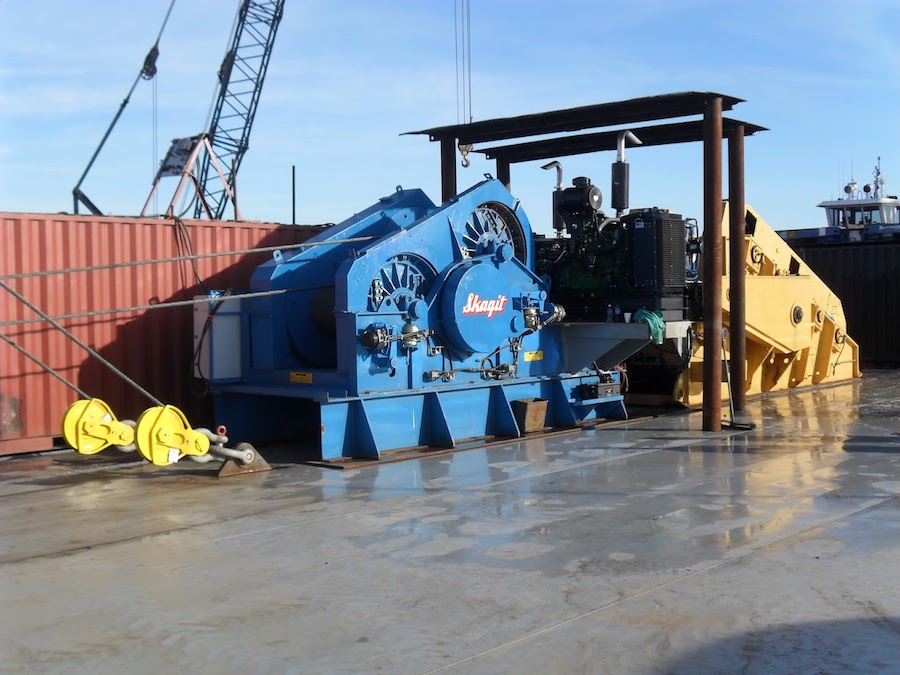
H3 – Standard Use
Loads and use are randomly distributed, and maximum load lifting is only occasional. Running time should not exceed over 25% of the work period. Typically used in settings such as general machine shop fabricating and warehouses.
H4 – Heavy Use
Used in settings where the total running time is 50% or less of the work period and there is a high volume of heavy loads. Typical settings include foundries, steel warehousing, and machining.
H5 – Severe Use
These are hoists that can handle continuous operation in the lifting of heavy material. It is important that the weight of the attachments is included in the overall lift capacity. Construction and mining operations typically use H5-rated hoists.
Key Hoist Specs
When selecting the right hoist for the task, you’ll need to consider several key specifications, including line material, lift capacity, power source, suspension type, and reach.
Line Material
The line material refers to the material used to lift the load. This includes chain, wire rope, wire cable, fiber rope, strap, or webbing. In some harsh environments corrosion-resistant chains may be used.
Lift Capacity
Lift capacity is how much weight the hoist can support, typically referred to in tons. Although the calculation for lift capacity includes a large factor of safety, you should still select a hoist that is rated to handle a load larger than the heaviest load you plan to lift. There are several factors that go into determining lift capacity, such as the strength of the line material, motor capacity, and more.
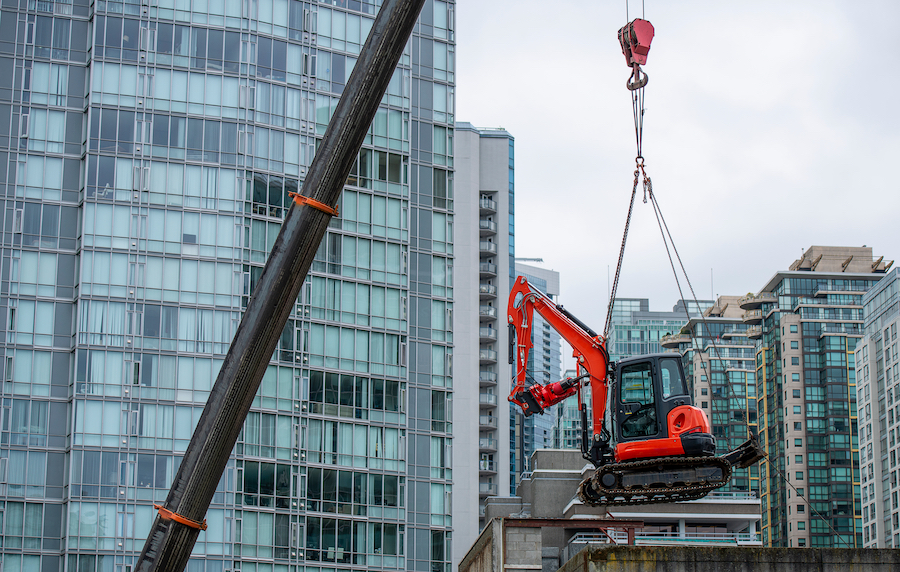
Power Source
There are several options for powering a hoist including manual chains and levers, or those powered by electricity, air, gas/diesel, or hydraulic motors.
Suspension Type
A hoist can be suspended in a variety of ways. For example, a hoist may be hooked or bolted on permanent fixtures. You can also mount the hoist on a movable stand. Other options include attaching the hoist to an overhead trolley.
Reach
Reach is a combination of lift height and headroom. Lift height is the distance between the load hook’s highest and lowest positions. Headroom is the distance between the hook attached to the load and the rail (or tread) upon which the hoist sits. If mounted, you measure the distance between the lifting hook and where the hoist is mounted. You need to determine if there is enough room for the hoist to operate properly.
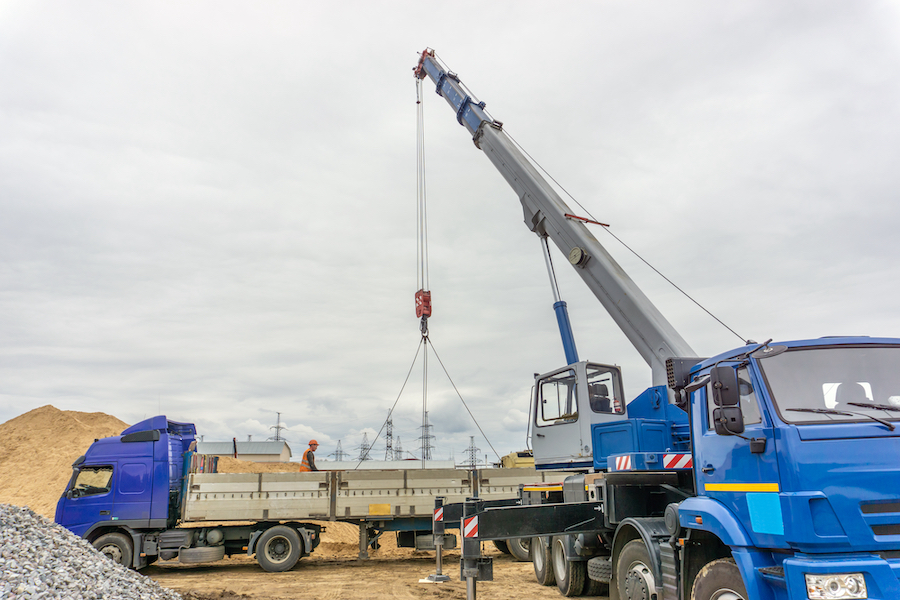
Hoist Motors
There are four ways to power a hoist: air, electricity, gas/diesel, or hydraulics.
Air
Also known as a pneumatic motor, air pressure is used to power the hoist. Although they generate less power than an electric motor, there are several advantages to air-powered hoists, including:
- Access to electricity is not needed.
- There is no need to cool the motor down between cycles.
- No spark is created making it safer to use.
- Exceeding the motor capacity causes it to stall which reduces the risk of damage.
Air hoists have simple controls. Ropes extend up to valves on the motor to operate forward / reverse movement. A mechanical break is used to hold the hoisted load.
Electricity
Electrical hoists typically use an upper limit switch or sensor to stop motion at the top and in some models, the lower end of travel. Load limiters will keep the hoist from lifting beyond its capacity. Some electrical hoists offer dual speed operation. Electric hoists can also be controlled with a pendant or remote control.
Hydraulic
Hydraulic hoists are powered by a hydraulic system. The maximum load a hydraulic hoist can lift is in part dictated by the size of the pistons. For example, a small piston generating a hundred pounds of force can lift 900 pounds.
Gas/Diesel
Gas/diesel hoists are powered by gas or diesel fuel. Diesel-powered scissor lifts are commonly used on construction sites. Unfortunately, hoists powered by gas or diesel fuels are noisy and emit fumes. They are best used outdoors or in well-ventilated areas.
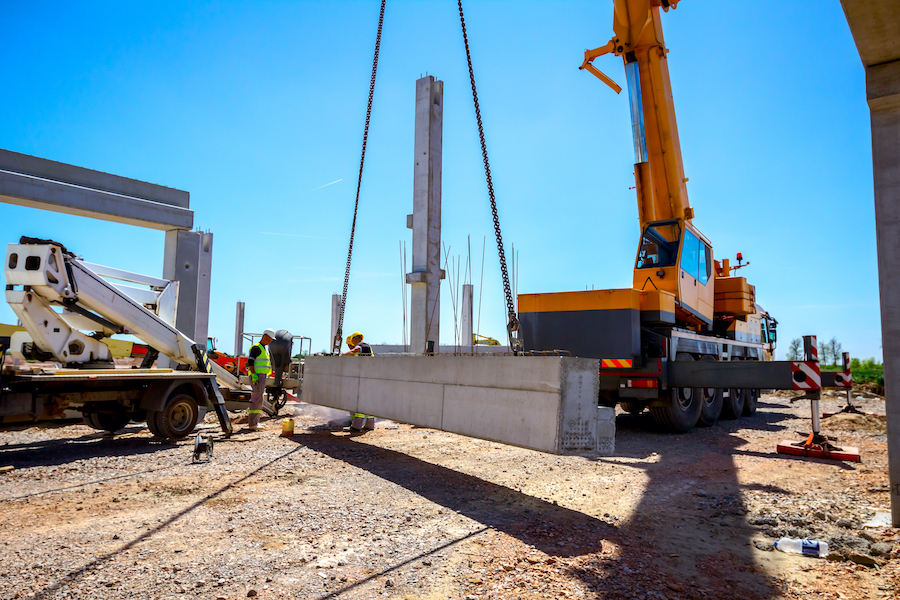
Safety Tips
No matter which type of hoist you use, there are basic safety tips you should follow, including:
- Center the load underneath the hoist.
- Regularly inspect the hoist. Replace any parts – such as chains, hooks, latches, gears, switches – that may be damaged.
- Regularly lubricate chain and wire ropes per the manufacturer’s instructions.
- Do not extend the length of the chains or wire ropes.
- Ensure the hook’s safety latch is engaged before the lift.
- Never – and we mean never – exceed the hoist’s lifting capacity.
- Ensure you and others are a safe distance from the load during the lift.
- Do not use electric hoists near flammable objects or materials. The spark an electric hoist can generate may cause a fire – or an explosion. This is where a pneumatic hoist may be a better choice.
- Gas and diesel powered hoists should be used outdoors or in well-ventilated areas where their fumes can quickly dissipate
- Always wear appropriate personal protective equipment (PPE).
Conclusion
There are many factors to consider when choosing between a winch and a hoist. Some tasks can be accomplished with either, but certain safety factors may prioritize the use of one over the other. Remember that the rating for a winch or hoist is impacted by factors such as incline and site conditions. Regular inspection of your winches and hoists is critical to safety. Always follow the manufacturer’s instructions for safety and maintenance of your winches and hoists. When in doubt, your local equipment dealer can help you select the right winch or hoist for the job.
View the complete article here.
What is the primary difference between winches and hoists, and when should each be used?
Winches are for horizontal pulls (flat or slightly inclined surfaces), while hoists lift vertically; choose based on the direction of force needed.
What are the main types and applications of winches and hoists in the heavy equipment industry?
Winches include hand-operated, capstan-style, drum-style, snubbing, hydraulic, electrical, and air/pneumatic; hoists encompass chain, wire rope, and drum hoists with applications ranging from lifting vehicles to construction sites.

